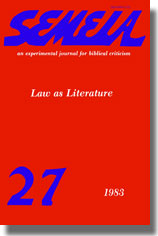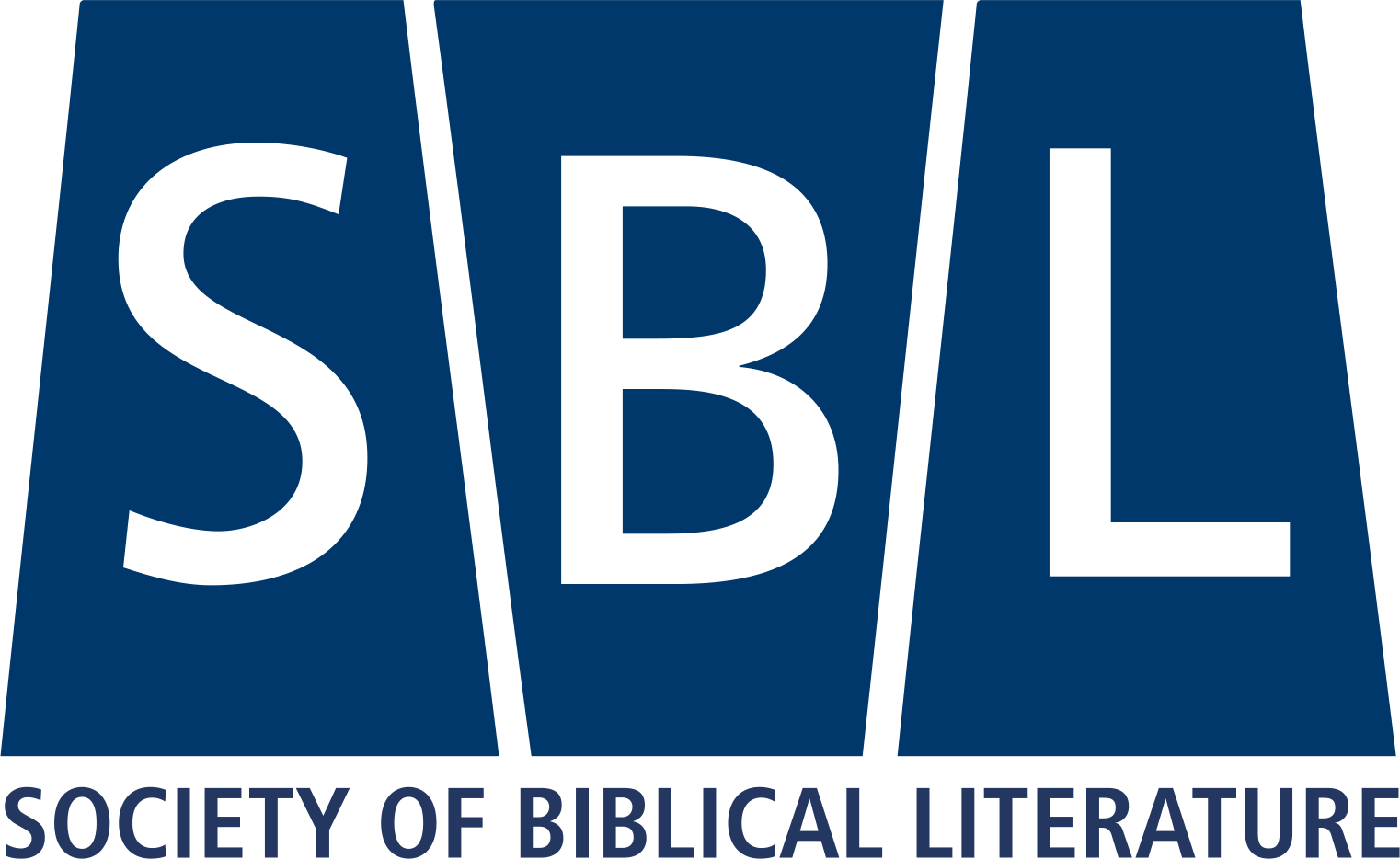
$22.00
“Of all the cognate writings employed in biblical research, perhaps none is so often cited yet so seldom read as the literature of rabbinic Judaism. Rabbinic material has found its way into biblical studies largely through the media of elaborate scholarly summaries, condensations, and anthologies of rabbinic documents. But, however comprehensive they are or practical they seem, such selective presentations of a rich and complex literature inevitably deflect attention away from the texts themselves and the problems of their meaning and interpretation. … For many students of scripture, especially those trained in established methods, the content of rabbinic literature remains unfamiliar, its preoccupations unconventional, and its discourse alien. This issue of Semeia contributes a modest corrective to these conditions. The essays that follow contain substantial, and therefore useful, segments from highly representative rabbinic texts: the Mishnah, the Mekilta deRabbi Ishmael, the Babylonian Talmud, and the Palestinian Talmud. Their aim in part is to allow readers who irregularly encounter rabbinic writings to follow these texts closely, to watch them work, as it were, from the inside. But if this issue were merely another collection, an additional sampler of rabbinic snippets, it hardly could claim much attention. Rather, the essays gathered here also illustrate and evaluate the methods currently used in the study of rabbinic literature. Collectively they make a clear and forceful statement about the way rabbinic texts are to be read, analyzed, and understood. They signal the emergence in rabbinic scholarship of the text as an object of study in its own right” (introduction).
Law as Literature
— William Scott Green
The Case of Mishnah Tohorot 2:2–8
— Jacob Neusner
A Programmatic Statement
— Jack N. Lightstone
I. Introduction: Metaphor and Exegesis
— Jacob Neusner
II. The Work of Shamma Friedman
i. Shamma Friedman’s Methodological Principles
— David Wiener
ii. Shamma Friedman on B. Yebamot 87b–88a
— Louis Newman
iii. Shamma Friedman on B. Yebamot 88a–B
— Roger Brooks
iv. Shamma Friedman on B. Yebamot 88b–89a
— Judith Romney Wegner
III. The Work of David Weiss Halivni
A Source-Critical Commentary to b. Yebamot 87b
— Louis Newman
IV. Abraham Weiss as Exegete and Text Critic
The Case of b. Berakot 35a
— Roger Brooks
The Talmud of the Land of Israel and the Mishnah
— Jacob Neusner
